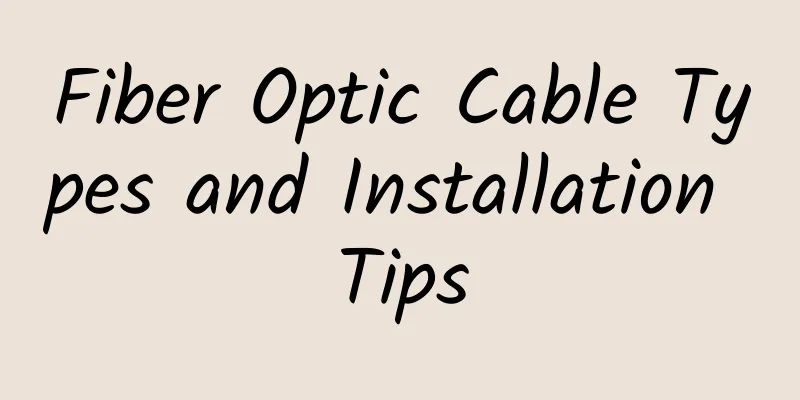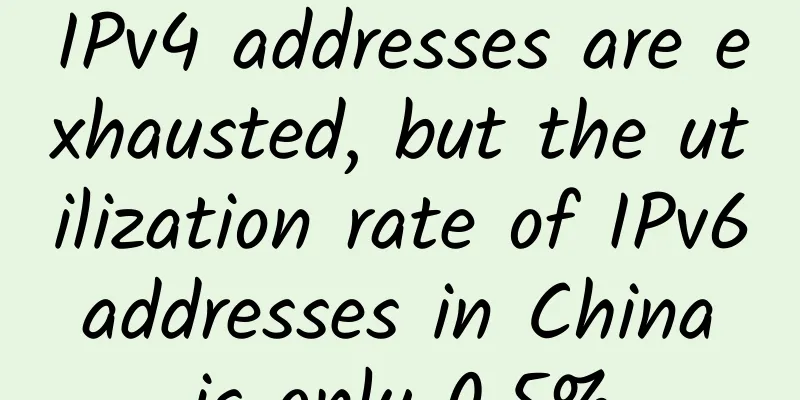Fiber Optic Cable Types and Installation Tips

|
Expanding the presence of fiber optics has become a priority for several countries around the world. It is important to understand how these cables suddenly became popular. These resilient cables will eventually disrupt technology in more ways than we can imagine. Fiber optic cables have become the latest buzzword since the internet became a must-have in many homes. With the constant push for higher bandwidth, technologies such as cloud computing and web services have pushed data limits to new heights. Some interesting facts about fiber optic cablesWe know these shiny new cables bring huge amounts of power and speed. They are primarily made of glass, silica, and plastic. They ensure minimal data loss as light signals travel through these cables. Traditional copper wires have poor information transfer speeds and high rates of data loss. However, fiber optic cables overcome this problem and reduce operational support and installation costs. While fiber optics may be relatively expensive, the relatively low maintenance costs make it a better proposition overall in the long run. Additionally, other advantages such as increased security, superior network speeds, the ability to run over long distances, minimal signal interference, and ease of installation ensure that you will never fall behind the competition. Types of Fiber Optic CablesFiber optic cables can be classified based on how light travels, the materials used, and the index of refraction. Some different types of fiber optic cables include: Step-index fiber: This type of fiber has the same refractive index at the center and at the ends of the core. The propagation of light is a little uncontrolled, but all light ultimately travels at the same speed. Graded-index fiber: In terms of refractive index, we see a large change from the center of the core to the extreme refractive index near the cladding. In the center, light propagates the slowest because the refractive index here is the highest compared to other areas. However, the price of graded-index fiber is slightly higher than that of stepped variants. Plastic Fiber Optic: This is an acrylic or polycarbonate core with a resin cladding, usually made of silicone. They do have the ability to withstand environments with a lot of vibration and are more flexible and bendable than glass fibers. However, it is not suitable for harsh environments and will degrade over time. It is mainly used for decorative and lighting appliances. It is also used in medical devices that need to transmit a narrow spectrum of light. Glass Fiber Optic: A glass core with a glass or plastic cladding is the most common type of fiber optic cable. In this variant, the large numerical aperture allows a large amount of light to pass through. When making a choice, this type has the ability to withstand extreme temperatures and corrosive environments. The overall losses applicable to this variant are less compared to other variants. Unfortunately, however, it is very easy to break unless handled with care. Glass fiber optics are often chosen for sensors and measurement systems. Single-mode fiber: Single-mode fiber is a winner when it comes to transmission distance. It can be used in both short-distance and long-distance scenarios. Their core size is small, allowing only a single mode of light to penetrate them. The presence of a large core makes it easier to capture light from any transceiver. Multimode fiber: It is a cost-effective alternative compared to single-mode fiber. Also, when it comes to installation, multimode fiber is easier to install compared to other types. Installation TipsFiber optic cables can be deployed both aerially and underground. Aerial fiber optic cables can be deployed efficiently, but we need to understand the situation and environment before making a choice. Here are some important tips that can help: ● Use automatic pull bars whenever possible, this ensures we never exceed our baseline pull rating. ● Fiber optic cables usually have a rod made of fiberglass to provide extra strength, so be careful not to pull directly on the fibers. ● Never unscrew the cable off the end of the spool, instead always make sure to gently roll the cable off the spool. ● Please pay attention to the bending radius of the cable. Excessive bending will cause more damage or even breakage, rendering the cable unusable. ● When routing cables within a home, office or factory, the cables can be placed in internal conduits. The possibility of accidental cable cuts in indoor facilities is common, and it makes sense to use internal conduits for identification. ● Always try to pull the entire fiber line at once, if you end up resorting to splicing, this will incur higher costs and maintenance expenses. ● Planning the installation on paper is absolutely necessary, this eliminates 95% of problems. ● Pushing the cable will affect the bending radius and it is always necessary to pull the cable during installation. ● Careful monitoring of the supply reel ensures that the applicable minimum bend radius is never violated. ● The installation path needs to be carefully monitored and proper communication ensured to avoid cable jumps at the pulleys and miss proper monitoring by the workers. ● When installing in a pipe, make sure the cable is lubricated to avoid cable breakage. ● Without the right tools and techniques, the quality of the installation may not be excellent. The technique of laying cables in trays is an example of this. ● Cable design and installation location are critical to the success of the installation. ● Always separate long guy wires into shorter ones to prevent the cables from twisting. ● When installing cables in a vertical installation, it is necessary to understand the vertical height limitations. ● The temperature range of the installation site needs to be studied. Inappropriate temperature fluctuations will result in relatively high attenuation. ● Avoid vehicles driving over optical cables in open areas. ● Having about thirty feet of slack cable will come in handy when the cable is relocated or repaired. in conclusionAs 5G is developed in developing countries, the popularity of fiber optics will increase rapidly. It is important to understand and select the right type of fiber optic cable for your needs and usage. Careful installation will help increase the life expectancy of the fiber optic cable and improve the overall transmission rate. |
<<: How fiber optic networks can create more efficient and secure connections
>>: The difference and application of single-mode fiber and multi-mode fiber
Recommend
HostYun: Hong Kong high bandwidth VPS monthly payment starts from 18 yuan, single core/1G memory/10G SSD/50M port
Let me share some information about HostYun's...
The road ahead is long and arduous. When will 5G packages become available to ordinary people?
"I won't buy any non-5G mobile phones&qu...
CheapWindowsVPS 50% off, 1Gbps unlimited traffic starting from $4.5 per month, 7 data centers to choose from
CheapWindowsVPS is an established foreign hosting...
Ericsson research reveals: 5G network satisfaction drivers are changing dynamically
The report, titled "5G Value: Turning Perfor...
Ruijie held the 2019 Co-construction Partner Conference, "Channel Co-construction" towards a new journey of win-win
From November 8 to 10, the 2019 National Co-const...
Five realistic predictions for enterprise IT in 2018
As 2017 is coming to an end, many companies are p...
How to move your contact center to the cloud to prepare for the pandemic
The coronavirus outbreak has had an unprecedented...
Talk about IPv6 and Happy Eyeballs
[[256713]] Let's look at a picture first. Fro...
[6.18]DogYun: 30% off on Elastic Cloud, 20% off on Classic Cloud, 68 yuan free for 618 yuan top-up, Hong Kong/Korea dedicated servers starting from 300 yuan/month
DogYun (狗云) has announced this year's 618 Hap...
What will 5G replace?
[[411646]] What will 5G replace? 5G's lightni...
Interview blitz: Is TCP reliable? Why?
Author | Lei Ge Source | Java interview questions...
Can 5G RedCap technology help operators regain confidence?
As my country has built the world's largest 5...
How to build a strong network during the COVID-19 pandemic?
[[343306]] Maintaining a resilient network with m...
Rooted in China for 20 years, F5 "Code to User" Online Summit kicked off grandly
[51CTO.com original article] On May 20, 2020, F5,...
edgeNAT Korean native IP series bandwidth upgrade, 30% off monthly VPS and 40% off annual VPS, US/Hong Kong/Korea data centers
This month, edgeNAT upgraded the bandwidth of its...









